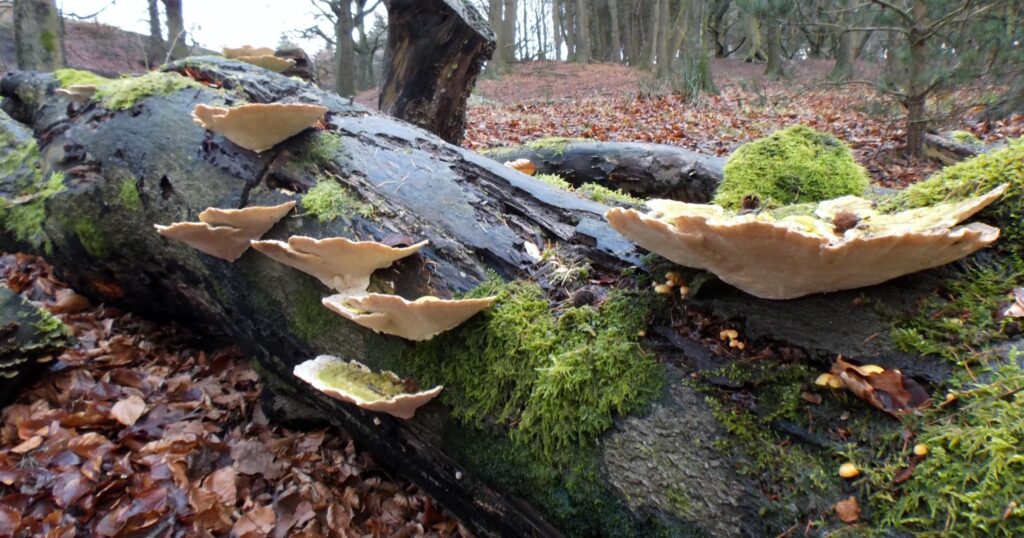Forests are extensively used by rural people for subsistence in the tropics. Biomass extraction (like grazing, fuelwood collection and collection of non-timber forest produce) is arguably the most widespread form of anthropogenic pressure in developing countries like India. Persistent extraction may alter forest structure and composition, which in turn may affect the resident forest fauna. Our knowledge about the ecological impacts of forest resource extraction is quite deficient, especially in the case of tropical dry forests, which form nearly half of the world’s tropical forests. We undertook a study to investigate the effects of extractive activities on forest biodiversity. We focussed on birds as they may be sensitive to habitat alteration by human activities.
The study was carried out in Sariska Tiger Reserve that covers 866 sq. km. of dry deciduous forests in northwest India. The reserve, although earmarked for tiger conservation, has many human settlements located within its core and also around its periphery. The resident people are primarily livestock herders who earn their livelihood by selling milk. They use the forests extensively to graze their buffaloes and goats, and commonly lop trees for fodder and fuelwood. We selected thirty locations spanning the reserve’s core,facing varying levels of disturbance, measured on the basis of degree of lopping, number of trails, and presence of livestock dung. Based on these disturbance indices, the locations were classified into 17 disturbed and 13 undisturbed sites.
At these locations, we recorded the structure of the vegetation components (trees, shrubs and ground flora) and conducted periodic surveys for birds from March to May 2005, coinciding with most birds’ breeding season. We found that bird species diversity declined in disturbed areas, even though the net number of birds was similar. The effects of extraction on vegetation structure, mainly canopy cover, tree density, and tree height, changed bird community composition. More than half of the 48 bird species recorded were affected directly or indirectly by human-caused changes in habitat. Eight species were found to be very sensitive to disturbance, and emerged as reliable indicators of undisturbed areas. Insectivorous birds like Tickell’s blue flycatcher and White-browed fantail appeared to be most affected by changes in the forest resulting from extraction. Such birds may disappear locally under sustained habitat degradation.
Certain inherently rare birds like Brown fish owl and Crested serpent eagle, which were restricted to tracts along perennial springs, are also at risk. Conversely, four birds that were evidently encouraged by disturbance (e.g. Laughing dove and Indian robin) were hardy species that adapt well to human activities.
Our study demonstrates that even low levels of chronic biomass extraction may lead to changes in forest condition resulting in the local extinction of certain bird species. This underscores the need for inviolate areas for conserving a wide spectrum of species. At the same time, sustainable alternatives to forest-based livelihoods need to be explored urgently. To formulate such strategies it would be necessary to find out how much extraction can be sustained in forests without compromising the aims of conservation.
Originally published as:
Kumar, R. and G. Shahabuddin. 2006. Consequences of Rural Biomass Extraction for Bird Communities in an Indian Tropical Dry Forest and the Role of Vegetation Structure. Conservation and Society 4(4): 562-591.





